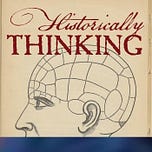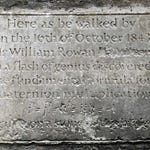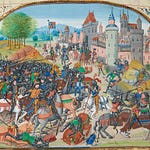Originally published on November 11, 2020 (Episode 185)
Introduction
For generations, both Asians and Europeans have thought of the Silk Road as a highway connecting east to west.
But what if they have misunderstood its very purpose?
What if, instead of bridging the supposedly empty central bit of Eurasia, the point of the Silk Road was that it was really a network connecting the heart of Eurasia to its distant peripheries? And what if, thanks to the influences that filtered down this network, societies at the peripheries were transformed over millennia—with certain periods, particularly the thirteenth to sixteenth centuries, seeing especially rapid change?
These are the questions Pamela Crossley explores in Hammer and Anvil: Nomad Rulers at the Forge of the Modern World—and in this conversation.
About the Guest
Pamela Kyle Crossley is Professor Emerita of History at Dartmouth College, and she has specialized in the Qing empire, Central Eurasia, and modern Chinese history. She is the author of numerous books on Chinese and global history, including The Wobbling Pivot: China Since 1800 and What Is Global History?
For Further Investigation
Pamela Crossley, Hammer and Anvil: Nomad Rulers at the Forge of the Modern World (Rowman & Littlefield, 2019)
Akhilesh Pillalamarri, “The Epic Story of How the Turks Migrated From Central Asia to Turkey,” The Diplomat (June 5, 2016)
Peter Golden, The Turkic Peoples: A Historic Sketch
Global and Eurasian History: Rutgers University Libraries reading guide
Listen & Discuss
Does the Silk Road look different when seen from its center instead of its edges? Share your thoughts in the comments, and forward this episode to a friend who loves global history.











